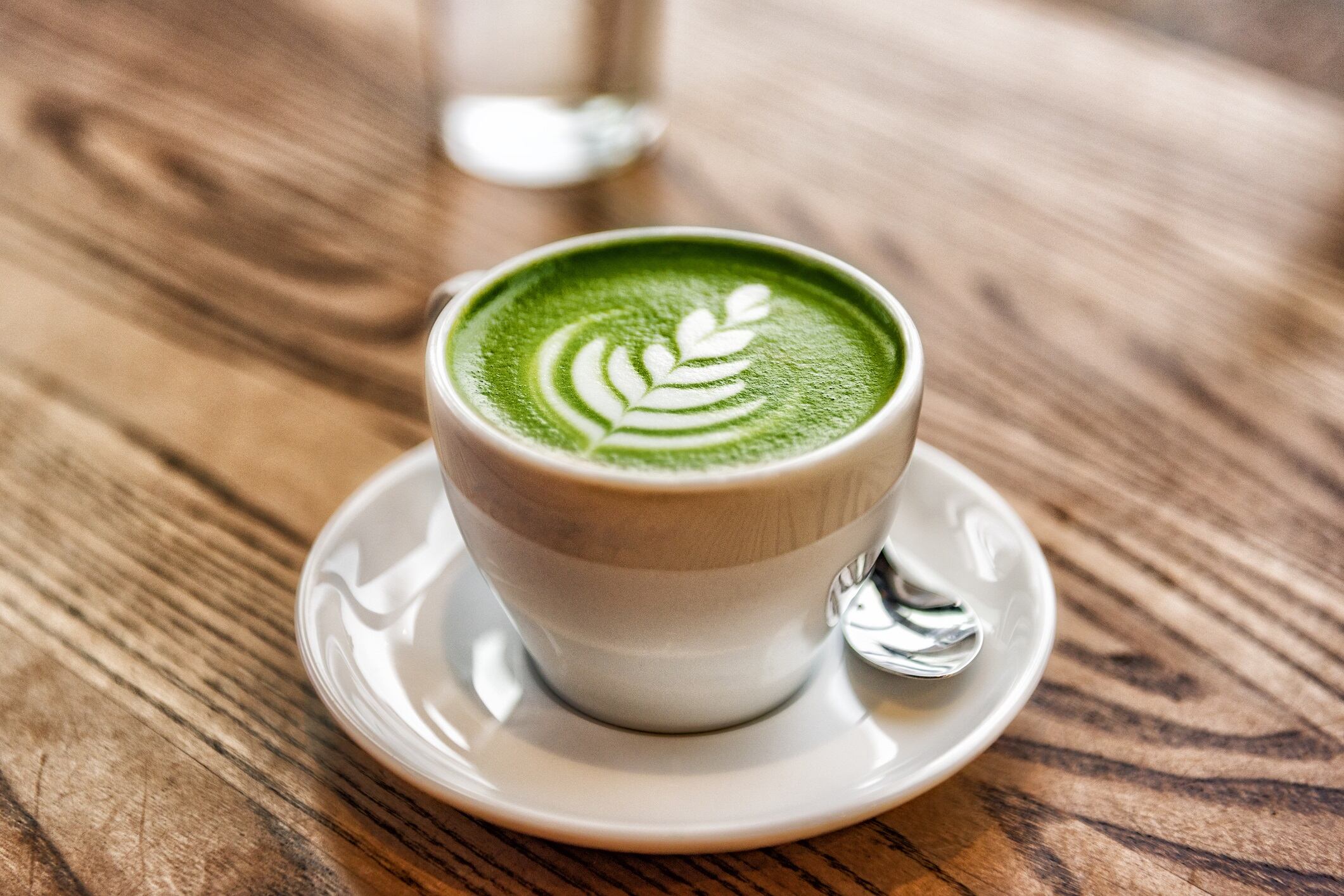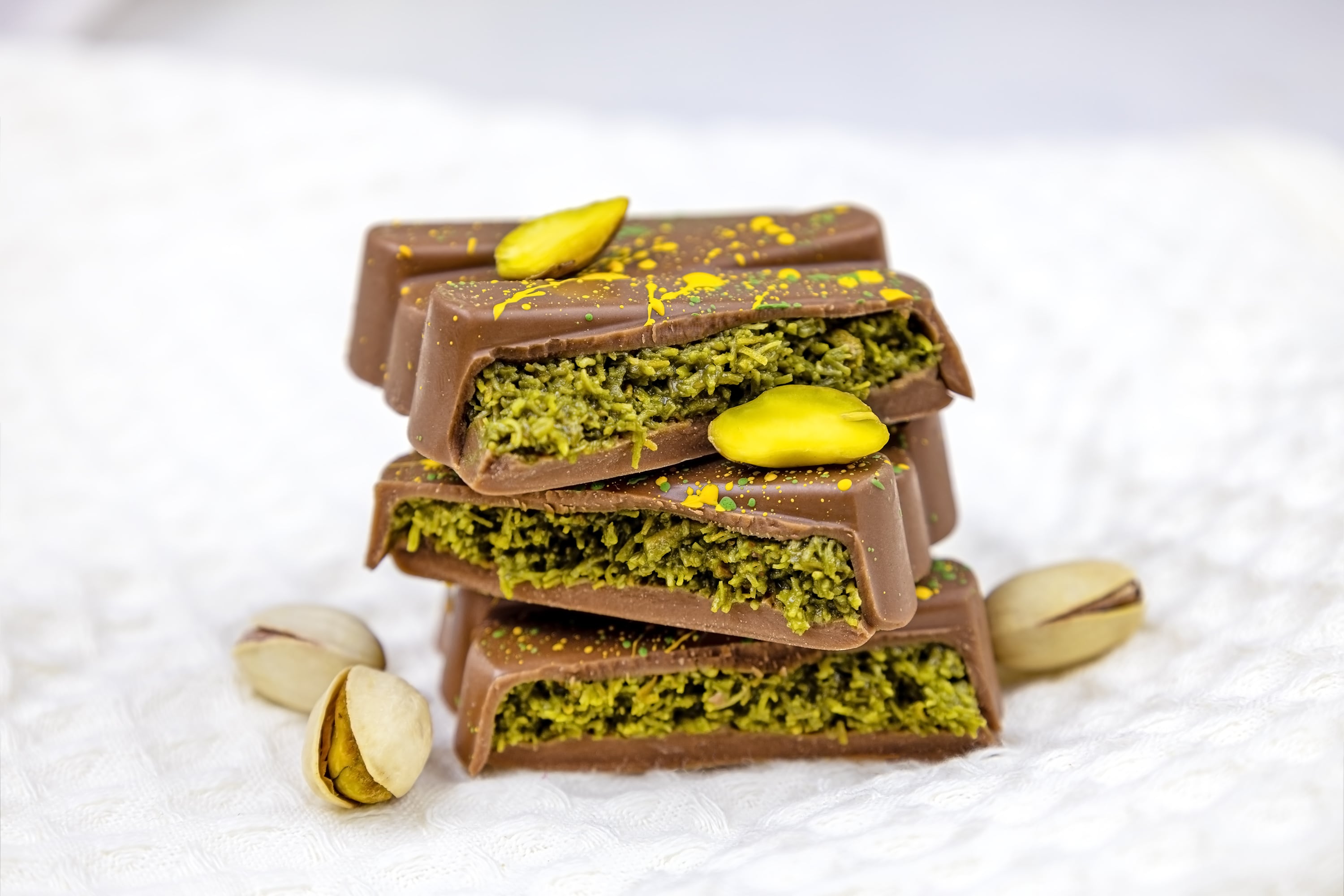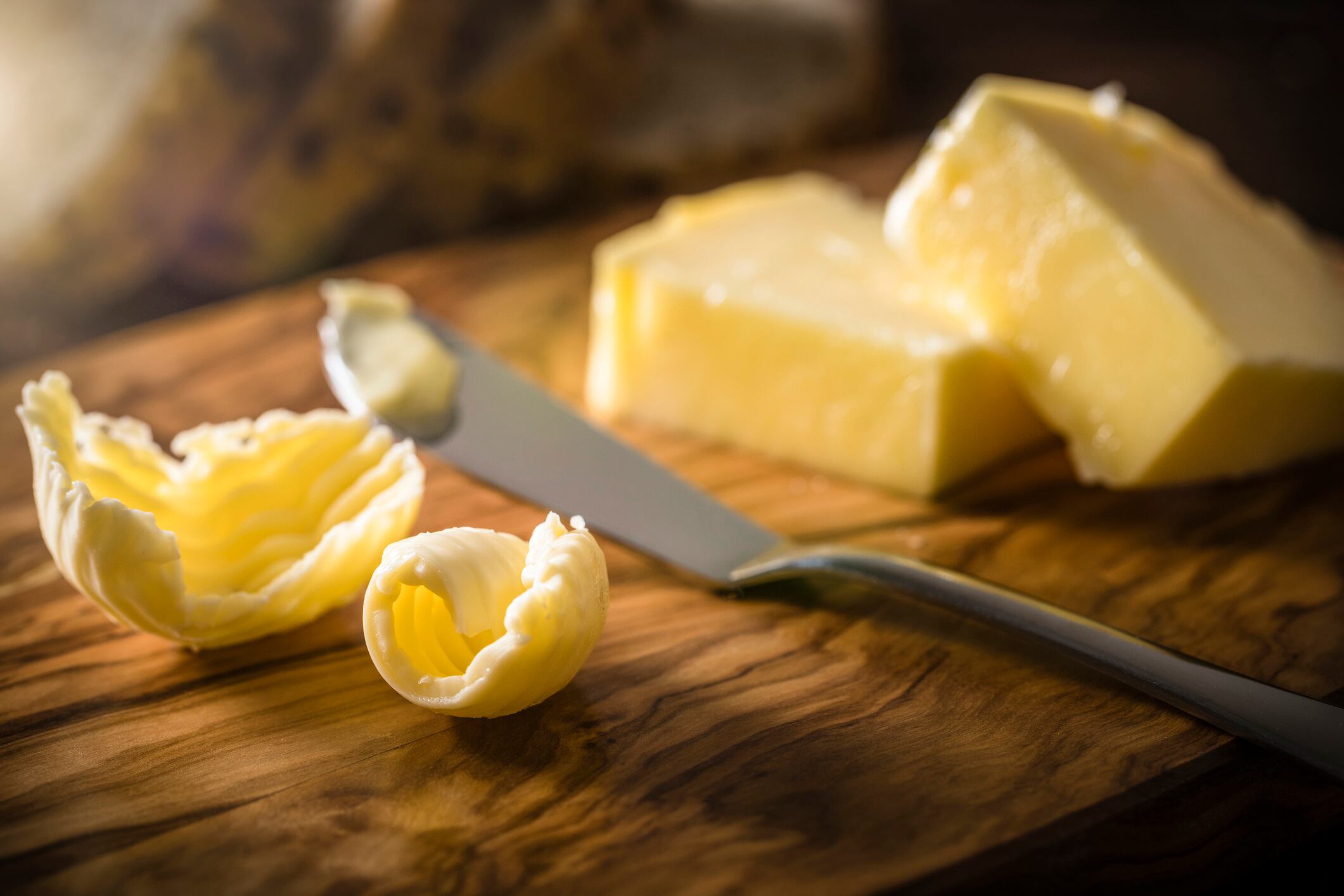Social media is a force to be reckoned with. It forges connections across the globe, creates communities, provides live details on world events, and drives trends.
But while many facets of social media are immensely positive, it also creates new challenges. One of those being an unexpected spike in demand for anything that starts trending, be that a travel destination, a new hairstyle, or an exciting food ingredient.
Social media spiking food and beverage sales
From the frenzy for freakshakes to the obsession with avocado on toast, social media trends aren’t just boosting food and beverage sales, they’re sending them into the stratosphere.
In fact, #ISawItOnTikTok and #TikTokMadeMeBuyIt are two of the most widely used tags across all social media platforms, including TikTok itself.
And while, on the surface, this might seem like great news for the industry, it’s proving somewhat less positive for suppliers.
This year alone, we’ve seen shortages in multiple ingredients as a direct result of social media trends. These include matcha and pistachios.

Matcha
Matcha has become a hugely sought-after flavour in food and beverage. From matcha chocolates and ice creams to matcha breakfast bowls and breads, the trend is big and growing. So much so, it now holds a global market value of $4.3bn (€3.6bn), and a projected CAGR of 7.9% (Grand View Research).
And you only have to glance at social media to find someone holding a matcha-flavoured food or drink while proudly smiling at the camera.
It’s quite possible that this trend would not exist without social media, specifically TikTok
Mike Bagshaw, ITS
However, the world’s biggest supplier nation of matcha Japan, is now reporting supply concerns.
Consumption “reached a record high last year”, Fumi Ueki, chief of the Leaf Brand Group, told the Japan Times.
Though the Japanese government is reportedly stepping in, with planned subsidies to encourage growers to pivot away from traditional leaf tea, or ‘sencha’, and produce more ‘tencha’ – the type of leaf that produces matcha.

Pistachios
Already a flavour favourite, pistachios sales were sent skyrocketing with the launch of social media darling, Dubai chocolate. And it’s that very chocolate bar that’s being blamed for the current shortage.
“Huge.”
That’s the word Mike Bagshaw, founder of flavour house I.T.S. uses to describe just how big a role social media has played in the Dubai Chocolate trend.
“It’s quite possible that this trend would not exist without social media, specifically TikTok,” he says.
So strong is demand that exports from the world’s second-largest producer, Iran, rose by 40% to the UAE in the six months to March 2025 when compared to the same period last year.
And it’s not just matcha and pistachios. There are warnings over shortages in ingredients such as feta, brazil nuts and functional mushrooms, as social media boosts their profile and appeal.
So, what does this mean for the wider food and beverage industry and should manufacturers be concerned about the growing number of shortages resulting from unexpected demand?

Is social media destabilising food and beverage?
While the recent shortages have certainly been cause for concern amongst affected manufacturers, the reality is that they have so-far impacted a limited number of ingredients and have therefore not weakened the food system as a whole.
Added to that, the food system is strong, and industry is taking measures every day to mitigate ongoing challenges, including those arising from social media.
What’s more, the ingredients experiencing shortages are not deemed to be essential to food security, compared with staples such as wheat, corn and rice.
“The global food system is relatively resilient, and food insecurity is usually focussed on commodity staples that may be vulnerable to weather or transportation-linked shortages, making available produce more expensive or scarce,” says Ananda Roy, consumer goods industry advisor at Circana.
Moreover, social media trends may cause a spike in demand, but they’re typically short lived. The Dubai chocolate craze is already dwindling as social chatter dies down and consumers move on to the next “must-have”.
“Temporary shortages of trend-based foods is more a matter of lost premium margins than true volume lost at scale,” says Roy.
It’s also important to remember that this is not the first time this has happened. Trends were causing shortages long before the advent of social media.
British chef Delia Smith famously sparked shortages in the 90s, when she featured ingredients in her cooking shows and books, in what became known as the ‘Delia effect’.
And Swedish chef Leila Lindholm became synonymous with butter after she single-handedly caused a shortage in Sweden, by promoting its benefits over margarines and low-calorie spreads.
In other words social media might be loud, and it can certainly influence sales, but the food industry has been dealing with spikes in demand for decades and it can handle these too.



